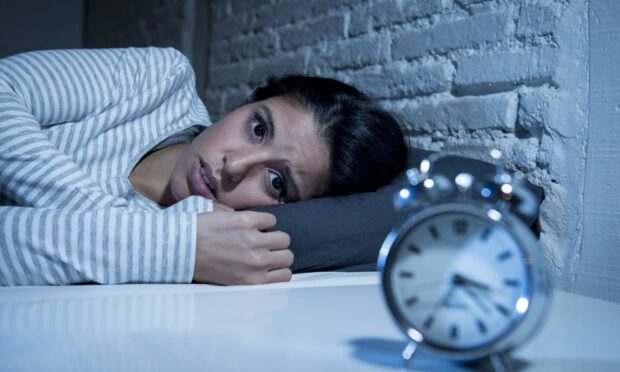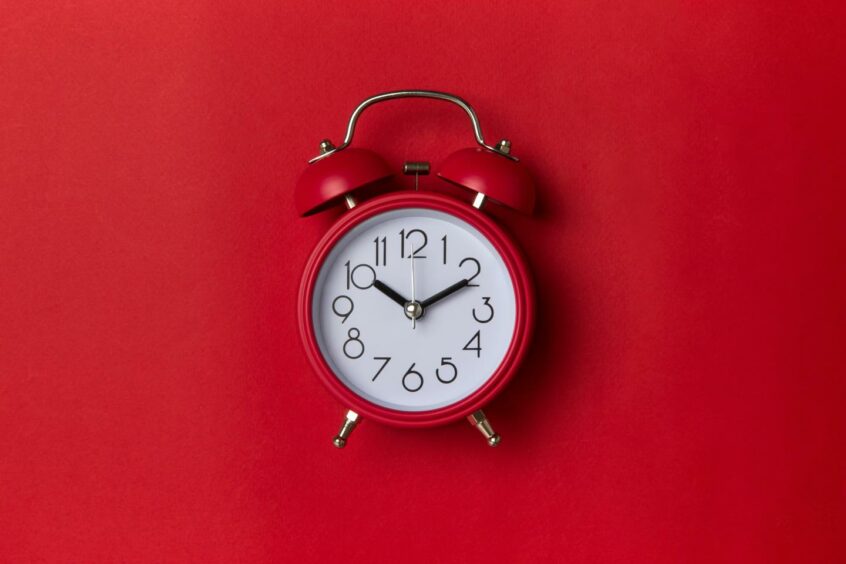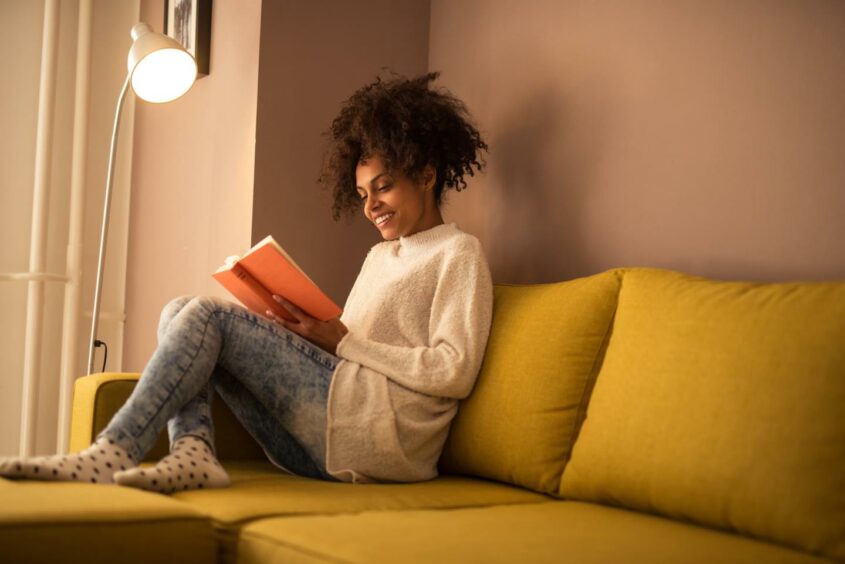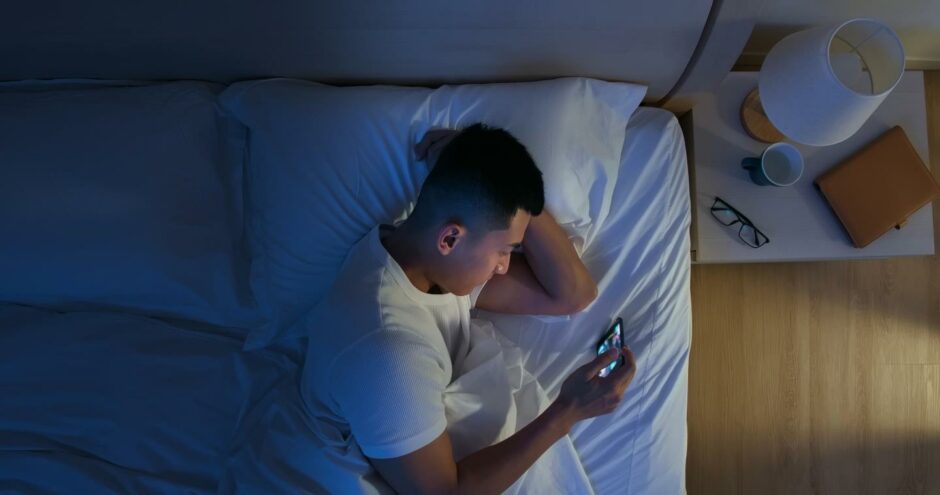The winter time change is often met with celebration, with the extra hour in bed feeling like a gift on a sleepy Sunday morning.
But after the initial joy of that extra rest, even though it’s only an hour’s difference, your internal biological body clock can be thrown off kilter for days.
This year, the clocks go back on October 31 – at 2am, to 1am.
The clock change means a shift in the external cues which help our internal body clock to maintain a 24-hour circadian rhythm track – such as light, temperature, exercise and food and drink intake.
That adjustment can lead to disrupted sleep and feeling tired during the day.
Try these handy tips to get a good night’s sleep and keep your body clock in order.
Stick to a bedtime routine
When daylight saving time ends, its especially important to stick to a bedtime routine.
Routine is what helps create a powerful signal for sleep.
By performing the same activities in the same order every night, your brain comes to see those activities as a precursor to sleep.
Take a warm bath. Read a book. Whatever it takes to help you relax and unwind.
Avoid napping
Shutting your eyes mid-day is tempting, especially if you’re feeling sluggish.
But avoiding naps is key for adjusting to the time change, as long daytime naps could make it harder for you to get a full night’s sleep.
Try a traditional herbal remedy
Valerian root extract has been used for centuries as a trusted sleep aid due to its herbal sedative effect.
This soothing ingredient can be found in Kalms Night One-A-Night, used to relieve sleeplessness. Unlike some sleep remedies it won’t leave you drowsy the next day.
Leave the electronics alone
Computers, televisions, smartphones and tablets all emit strong blue light, which floods your brain, tricking it into thinking it’s daytime.
As a result, your brain suppresses melatonin production and works to stay awake.
Most phones and devices also allow you to enable ‘night mode’, which makes the light from your phone more yellow and should disrupt sleep less.
Give yourself an energy boost
With busy schedules and growing to-do lists, there are times when you can’t afford to slow down.
Thanks to its caffeine kick, Pro Plus Caffeine relieves the symptoms of fatigue and tiredness, helping you to feel more energised and tackle the day ahead.




